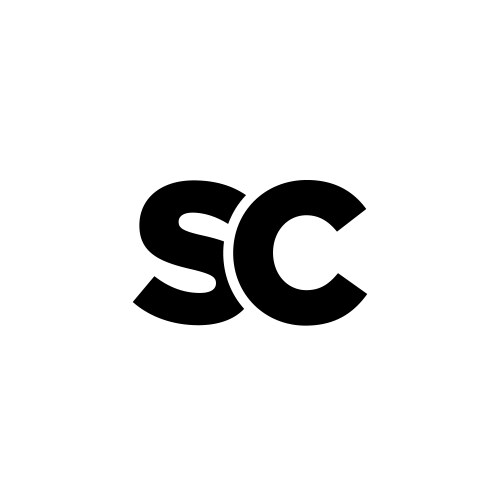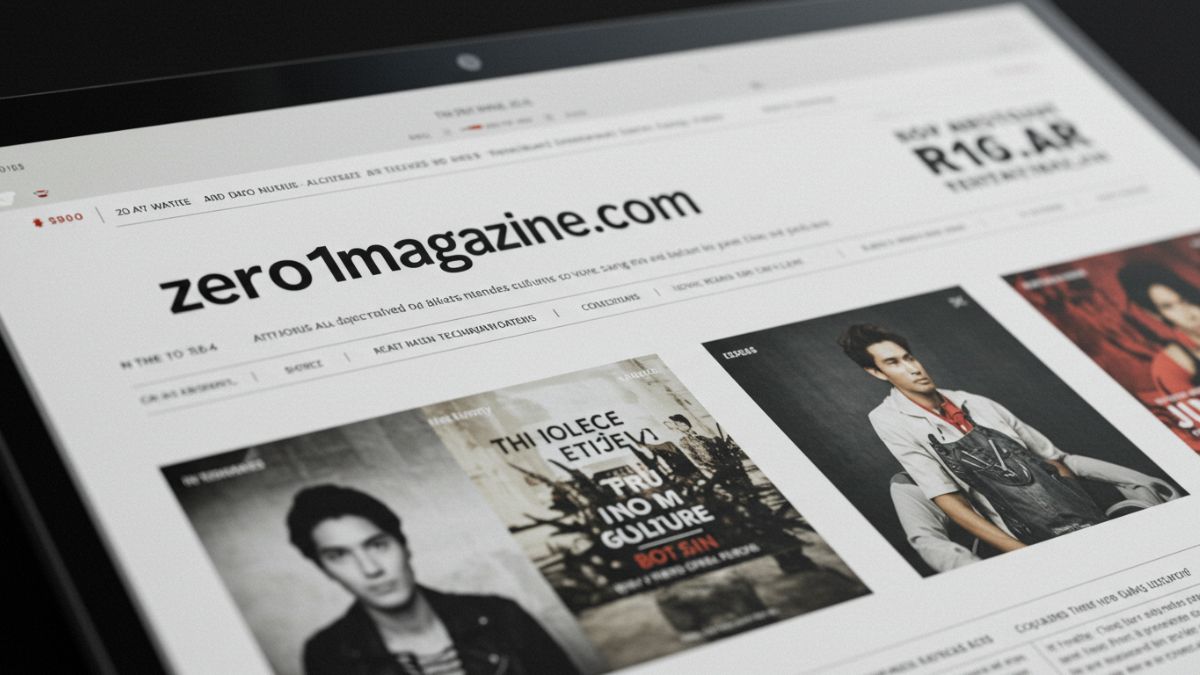In the sprawling landscape of online media, where commercial interests often overpower authentic voices, Zero1Magazine.com stands as a testament to the enduring value of independent culture. Since its inception, the platform has become a digital sanctuary for artists, photographers, writers, and style-makers who thrive at the edge of convention. With roots in Vancouver’s indie creative scene, Zero1 Magazine has evolved into a globally respected platform—quiet, visually driven, and subversively influential.
This article explores the identity and impact of Zero1Magazine.com, dissecting its editorial approach, visual language, and cultural significance within the broader universe of digital arts and counterculture media.
Foundations: A Rebellion Against the Polished Norm
Zero1 Magazine was born out of a desire to challenge the sleek commercialism of major fashion and art publications. Founded in the late 2000s, it was originally a digital magazine with a limited print presence, created by a small collective of artists, stylists, and photographers. Their mission was to build a publication that could act as a visual and intellectual journal for emerging creative voices—those too raw, experimental, or politically bold for mainstream editorial spaces.
In those early years, Zero1 focused heavily on the underground fashion scene, independent photography, and art that blurred the line between aesthetic and activism. From analog film portraits to minimalistic interviews with skateboarders-turned-designers, the platform cultivated a visual identity defined not by polish but by authenticity.
Editorial Focus: Celebrating the Unseen
What sets Zero1Magazine.com apart is its curatorial sensibility. Each feature feels personal, intimate, and often cinematic. The site isn’t interested in viral clickbait or glossy celebrity culture. Instead, it highlights:
-
Process-based creativity: showcasing how artists and designers work, not just what they produce.
-
Subcultural aesthetics: from DIY zines and punk streetwear to experimental typography and brutalist design.
-
Emerging talent: often giving first-time exposure to photographers, writers, and visual artists.
-
Marginalized voices: including BIPOC, queer, and global south creatives whose work challenges Western narratives.
Their interviews are not formulaic Q&As but introspective, humanizing dialogues. Contributors often speak about failure, community, and identity in ways that feel both poetic and real.
Visual Language: Lo-Fi, Film-Inspired, Unapologetically Gritty
Zero1’s visuals are arguably its most defining characteristic. With a strong emphasis on film photography, grainy textures, asymmetrical layouts, and unfiltered environments, the magazine takes cues from early 90s zines, skate culture, and avant-garde poster art. Layouts are often minimalist, giving priority to the imagery itself. Typography is understated, sometimes absent altogether, letting the viewer’s eyes linger on the mood and color of the visuals.
This aesthetic is a deliberate contrast to the hyper-clean, algorithm-optimized platforms that dominate today’s creative media. Zero1’s look says: “We don’t need to impress you—we’re here to document truth.”
Flagship Content Categories
Over the years, Zero1Magazine.com has refined its content offerings into several key formats:
1. Interviews and Profiles
These spotlight artists, designers, musicians, photographers, and cultural workers whose practices intersect with broader social themes. Many of these subjects are emerging or mid-career voices navigating the world of independent creation.
2. Photo Essays
A signature of the site, these essays are often shot on film and presented with minimal or no text. Themes range from “urban decay” to “dream memory” to “domestic rebellion.” Each photo story is curated to evoke a mood rather than to illustrate a product or brand.
3. Fashion Features
Far from conventional runway coverage, Zero1’s fashion stories capture style in its natural, often messy environments—abandoned lots, bedrooms, or late-night city streets. The emphasis is on personal identity through clothing, not consumer trends.
4. Cultural Commentary
Occasionally, the site publishes brief essays or statements on current issues—from cultural appropriation in fashion to mental health in creative fields. These pieces are often first-person and written by contributors deeply involved in their subject matter.
Community Building Through Curation
Perhaps the most underappreciated yet powerful function of Zero1Magazine.com is its role as a cultural connector. By offering open submission opportunities and scouting creatives from across the globe, the platform bridges isolated art scenes. A zine collective in Buenos Aires might appear alongside a sculptor from Morocco or a grunge photographer in Estonia.
This global inclusivity positions Zero1 not as a regional magazine but as a decentralized cultural network, fueled by collaboration, openness, and mutual respect. It’s also one of the rare spaces where early-career artists can gain visibility without the need for institutional backing.
Independence and Integrity
Zero1 has managed to retain its editorial independence over the years, refusing to be bought out or overrun by advertising. The site is free to access and avoids invasive sponsorships. Most of its revenue is generated through:
-
Limited edition print runs
-
Collaborations with ethical brands
-
Small-scale art book sales
-
Community donations and grants
This independence allows Zero1 to maintain its uncensored voice, publishing work that is politically charged, emotionally raw, or stylistically unorthodox without fear of backlash from sponsors.
Influence and Legacy
Although it flies under the radar compared to bigger art publications, Zero1Magazine.com has had an outsized influence on creative culture. Numerous artists and photographers featured early on the platform have gone on to exhibit internationally, launch their own fashion lines, or contribute to major cultural institutions. More than a trendsetter, Zero1 acts as a documentarian of emerging culture, archiving subcultures before they’re absorbed into the mainstream.
Its visual style—film grain, minimal text, offbeat symmetry—has also influenced a new generation of independent digital zines, many of which cite Zero1 as an inspiration.
Looking Ahead: Future Projects and Expansion
While Zero1 continues to operate as a digital-first platform, the team has expressed interest in expanding their influence through:
-
Print anthologies and monographs
-
Residency programs for global artists
-
Workshops and mentorship opportunities for marginalized creatives
-
Collaborative exhibitions with indie galleries and festivals
The focus remains on deepening, not widening—on doing fewer things, but doing them with artistic integrity.
Conclusion: Why Zero1Magazine.com Matters Now More Than Ever
In 2025’s hyper-connected digital world, where the lines between content and commerce grow blurrier by the day, Zero1Magazine.com offers a refreshing antidote. It reminds us that creativity can still be intimate, grassroots, and unsellable. That a grainy photo essay shot by a teenage outsider in Detroit has just as much cultural value as a luxury fashion editorial.
Zero1 is not trying to keep up with algorithms or trends—it’s trying to preserve authenticity in a space that increasingly forgets what that means.
For artists, readers, and rebels in search of a publication that sees you—not as a marketable audience, but as a collaborator—Zero1Magazine.com remains one of the internet’s most compelling creative refuges.

